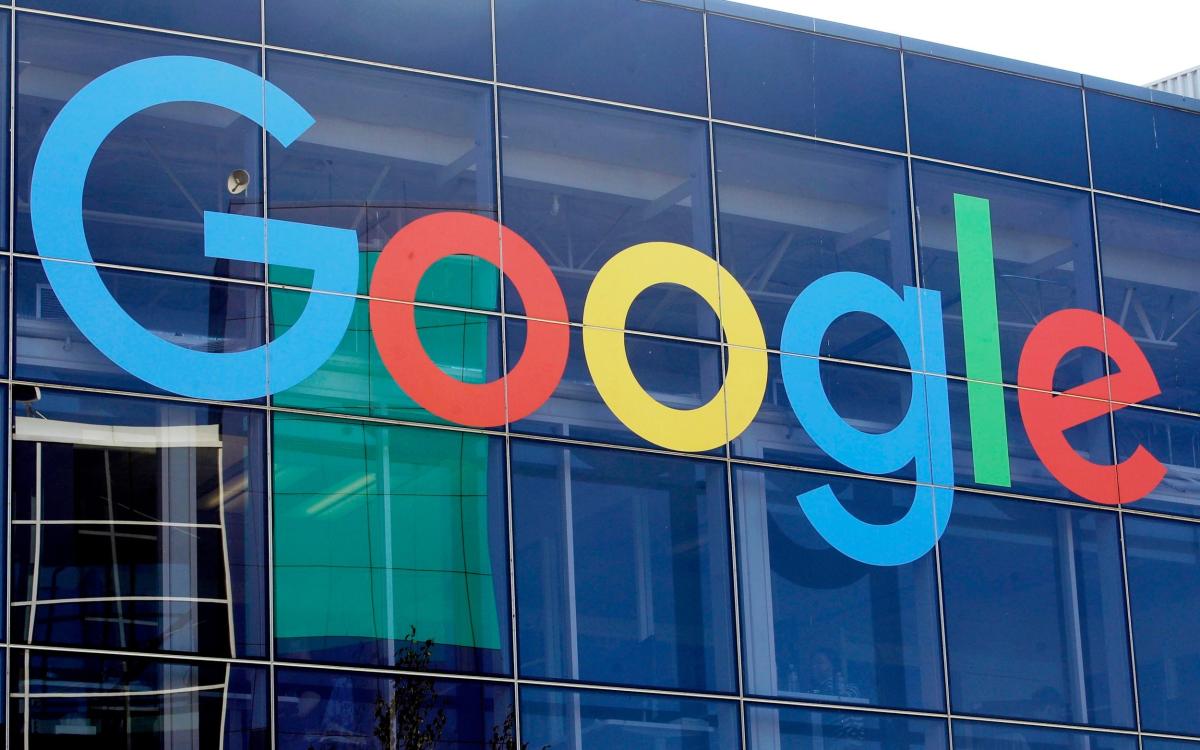Google Bard is an AI-based virtual assistant developed by Google that offers a more conversational experience than its competitors. It allows users to ask questions and receive natural language responses in a conversational manner instead of providing canned answers. It also offers a range of integrations with services like Google Maps, Google Calendar, Google Flights, and more. Unlike ChatGPT, Google Bard focuses more on natural language processing and understanding the context of conversations. Additionally, it has a range of features that enable it to provide a more personalized experience, such as the ability to remember conversations and respond more quickly to follow-up questions.
Google has announced “Bard,” its latest artificial intelligence (AI) feature that it hopes will help it remain the dominant search engine on the web.
The new software will be integrated into its search function and help it compete with the new Microsoft-backed ChatGPT.
Here’s what you need to know about the new product.
What is Google Bard?
Announced this week, Google Bard is the company’s AI search assistant. It works in the background of search queries to generate a short text summary of your results instead of just an index of links.
“While people turn to Google for deeper insight and understanding, AI can help us get to the heart of what they’re looking for,” Alphabet chief executive Sundar Pichai said Tuesday.
“We’re starting with AI-powered capabilities in search that distill complex information into easy-to-understand formats so you can see the big picture and then explore more.”
Sundar Pichai, CEO of Google Inc – SAJJAD HUSSAIN/AFP via Getty Images
How does Google Bard work?
Google Bard scans the Internet and “learns” associated words, phrases, and ideas. Once the software has been fully “trained” by AI scientists, it is made available for testing.
Screenshots shared by Google show how it will work in practice: users can type full sentences or questions into the search engine and get sentences as an answer.
If you type in a question like “What new discoveries from the James Webb telescope can I tell my 9-year-old?” the search engine will generate a simple text summary of the latest news from the space telescope.
What powers does Google Bard have?
The software is based on Google’s existing product LaMDA, which stands for Language Model for Dialogue Applications. It’s the Google name for chatbot software.
LaMDA is a kind of Large Language Model (LLM). LLMs are software algorithms trained on vast amounts of data, typically measured in terabytes.
Although best known as the software that powers chatbots, LLMs can also be used to search scientific databases to learn more about drug structure.
Once an LLM is trained on how the molecules of existing drugs fit together, it can be used to propose new molecular structures for use in future drugs based on its knowledge of existing patterns.
When will Bard launch?
Google has announced that Bard will be made available to a select group of testers in the coming weeks.
“Next month we will begin onboarding individual developers, creators and companies to try out our Generative Language API, initially powered by LaMDA, followed by a series of models,” the company said.
Are Google Bard and ChatGPT rivals?
Bard is viewed as a rival to Microsoft-backed ChatGPT technology, which allows a computer to have a conversation with a human.
Google announced it shortly after Microsoft announced a $10 billion investment in OpenAI, the company that developed ChatGPT. The PC manufacturer plans to integrate ChatGPT into its own search engine Bing.
So far, Google hasn’t said that Bard will have chatbot-style features or do more than provide a text summary of search results.
“A tool like ChatGPT can create search engines that give a structured answer to questions, rather than just a list of documents like Google is currently doing,” Thierry Poibeau of the French research institute CNRS told Reuters.
Don’t miss interesting posts on Famousbio









